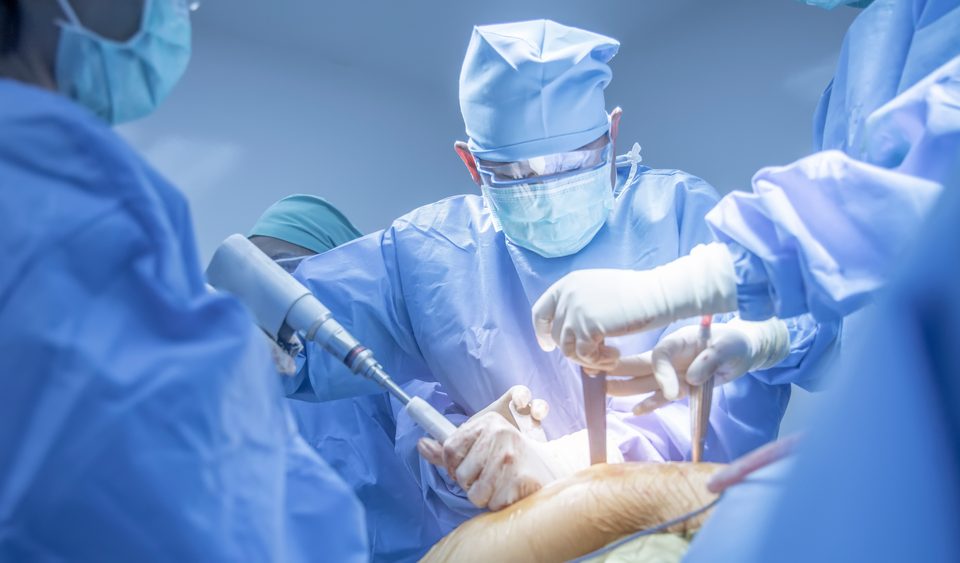
What is Porcelain Laminate Veneer?

Curiosities About Height Lengthening Surgery
Spinal canal narrowing in the lower back is a slow process. This is why there may be no symptoms at first. However, as the disease progresses, patients’ quality of life decreases and their daily mobility is restricted. When these symptoms occur in patients, the diameter of the spinal canal is usually narrowed by more than a certain degree and the spinal cord and the nerve roots coming out of it are compressed.
Patients may experience back and lower back pain, loss of strength and numbness in the feet. The most prominent symptom is pain and spasms in the legs after walking a certain distance. Over time, the walking distance at which these symptoms occur becomes shorter and shorter and patients face pain problems even when they are inside the house.
In lumbar canal stenosis, treatments are primarily planned to reduce pain and improve the patient’s quality of life. In cases of narrowing of the spinal canal that have not yet progressed too far, the adverse effects of the disease can be eliminated with non-surgical methods. The first-line treatment is usually anti-inflammatory therapy, painkillers or physiotherapy and spinal injections.
Medication Treatment: Medication for spinal canal stenosis can range from simple painkillers to controlled prescription painkillers for severe pain. However, the doctor should decide how to use these medicines.
Epidural Injection; Epidural injection is one of the non-surgical treatment methods. Epidural injection involves accessing the area where the pressure causing pain occurs under imaging methods and applying cortisone to the epidural space outside the membrane layer surrounding the nerves. If successful, it may need to be repeated later. The aim is to reduce the edema of the disc on the nerve in that area and to remove the pressure on the nerve. The epidural injection procedure takes approximately 20 minutes. After the procedure, the patient is followed up in his/her room and discharged after 2 hours on average.
Physical Therapy; In the treatment to be applied under the guidance of a physical therapist, it is aimed to reduce or even completely eliminate the pain if possible and to increase mobility by strengthening the muscles.
Who can undergo surgical procedures?
Today, surgical treatment is an important option for patients with spinal canal stenosis in order to relieve pain, improve weakness in the legs and regulate urinary control. Surgical treatments have become more comfortable and successful with advanced technological facilities and the increase in microscopic methods. The aim of surgical operations for spinal canal narrowing is to relieve the pressure on the spine and to relieve the area. Removal of this pressure is possible with anterior or posterior surgeries. The bones and connective tissue on both sides, which form the posterior roof of the spine, are removed to relieve the spinal sac. In order for the microsurgical method to be used in canal stenosis surgery, the patient’s spine structures must be smooth and the patient must be at the ideal weight.
Lumbar spinal canal stenosis is a process in which the normal structure of the tissues is disrupted so that they cannot function normally, and in some patients the vertebrae may slip over each other. Sometimes the stenosis is severe and limited relief on one or both sides is not enough. In posterior operations, the compressing yellow ligament and the roof of the spine at the back of the spine may need to be completely removed. In this case, stabilization surgery with screws and rods to strengthen the spine would be appropriate. Which surgical approach is more appropriate is decided by the neurosurgeon after examinations.
Patients should pay attention to their back health in the postoperative period and avoid activities that may cause back pain. The recommendation for treatment is to continue with exercise programs and to prevent weight gain.




